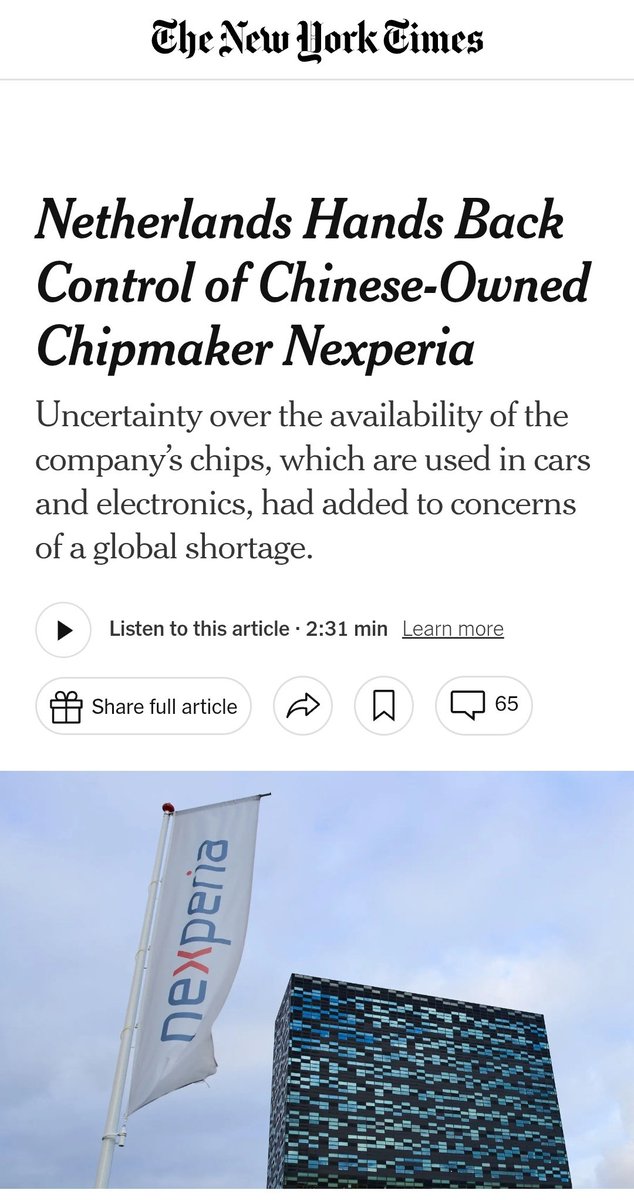#Uighurs recruited by CIA to liberate #Xinjiang are killing in #Syria to gain experience to be deployed in XJ.
Uighur terrorists now feel screwed. They're supposed to "liberate XJ" not Syria!
More on the hoax in my counter article: tl.gd/n_1srbbe1
Also by picture :
Uighur terrorists now feel screwed. They're supposed to "liberate XJ" not Syria!
More on the hoax in my counter article: tl.gd/n_1srbbe1
Also by picture :

Apology of terrorism:
Violence glorified as Ethnic Revolt.
CPC is guilty of daring to crack down on terrorism & succeeded in nipping the civil war in the bud. CPC must pay for frustrating the West design in #Xinjiang . No country has ever succeeded.
Violence glorified as Ethnic Revolt.
CPC is guilty of daring to crack down on terrorism & succeeded in nipping the civil war in the bud. CPC must pay for frustrating the West design in #Xinjiang . No country has ever succeeded.
https://twitter.com/ml_1maria/status/1260702510572097537?s=19
Good news. Good riddance for Syria too, because the #Uighur terrorists have been killing the Syrians instead as practising exercises. Now China will liberate Syria of the plague.
Jailing terrorists is not violation of human rights. Roll up for more.
Jailing terrorists is not violation of human rights. Roll up for more.
https://twitter.com/ShehabiFares/status/1288347311106592768?s=19
An almost neutral account of the security threat posed to Xinjiang China by the returning Uighurs hitherto fighting in Syria which the Western MSM doesn't mention when it talks about the “Uighur Repression".
https://twitter.com/metacapitalism/status/1297552272583356417?s=19
• • •
Missing some Tweet in this thread? You can try to
force a refresh







